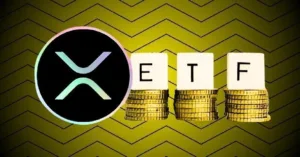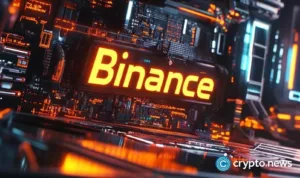A mempool is the node’s collection of all of the unconfirmed transactions that it has seen.
A mempool is essentially a cryptocurrency node’s mechanism for storing information on unconfirmed transactions, acting as a waiting room for transactions that have not yet been included in a block.
In fact, to submit a transaction to the miners, nodes have to relay it to each other until it has propagated across the entirety of the network. This mempool is the node’s holding area for all of the pending transactions.
A mempool is the node’s collection of all of the unconfirmed transactions that it has seen, which enables it to decide whether or not to relay a new transaction.
There are as many mempools as there are nodes. This is due to the fact that not all nodes receive the same transactions at the same time, so some nodes store more information than others at a given time. Everyone can run their own node with the hardware that they pick, so all of the nodes have different capacities that can store unconfirmed transactions. The result of this? Each node has its own rendition of the pending transactions, and this explains the variety of the mempool sizes as well as the transaction counts found throughout different sources.
When a node receives a new valid block, it ends up removing all of the transactions which are contained in the block from its mempool, as well as the transactions that have conflicting inputs. This can result in a sharp drop within the mempool size.




